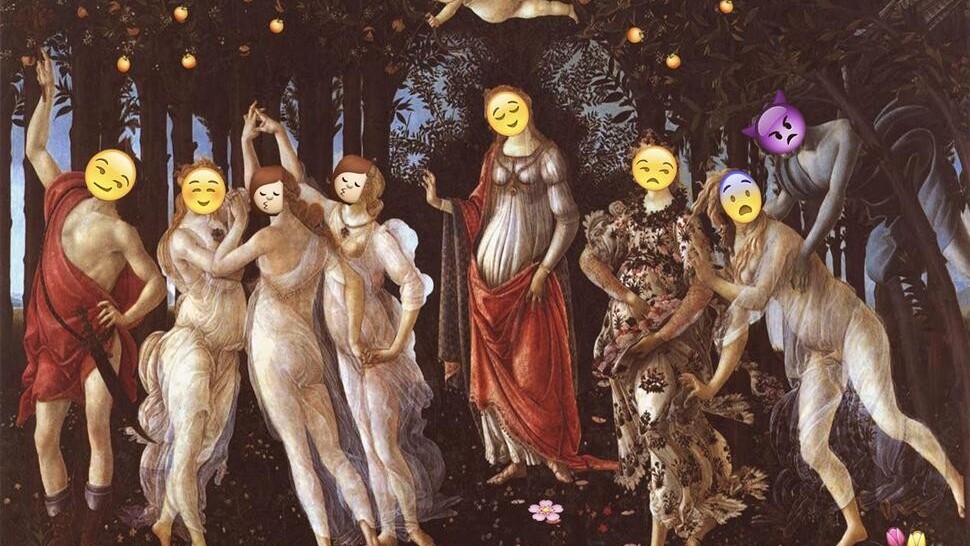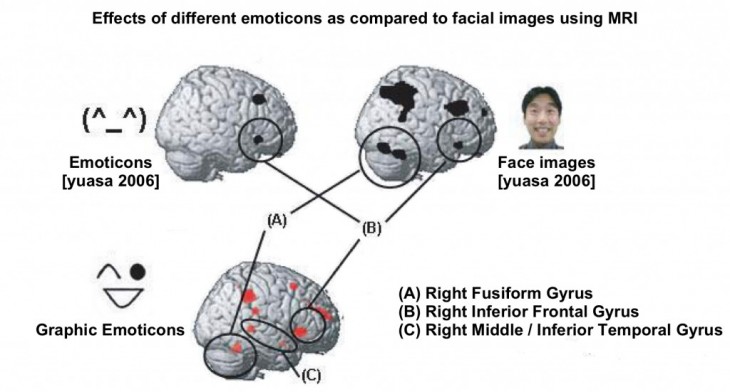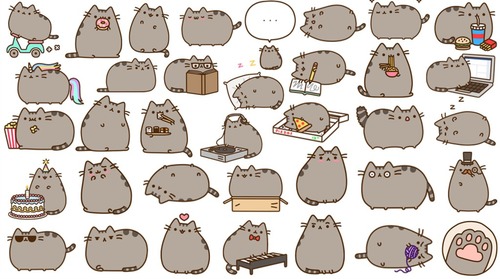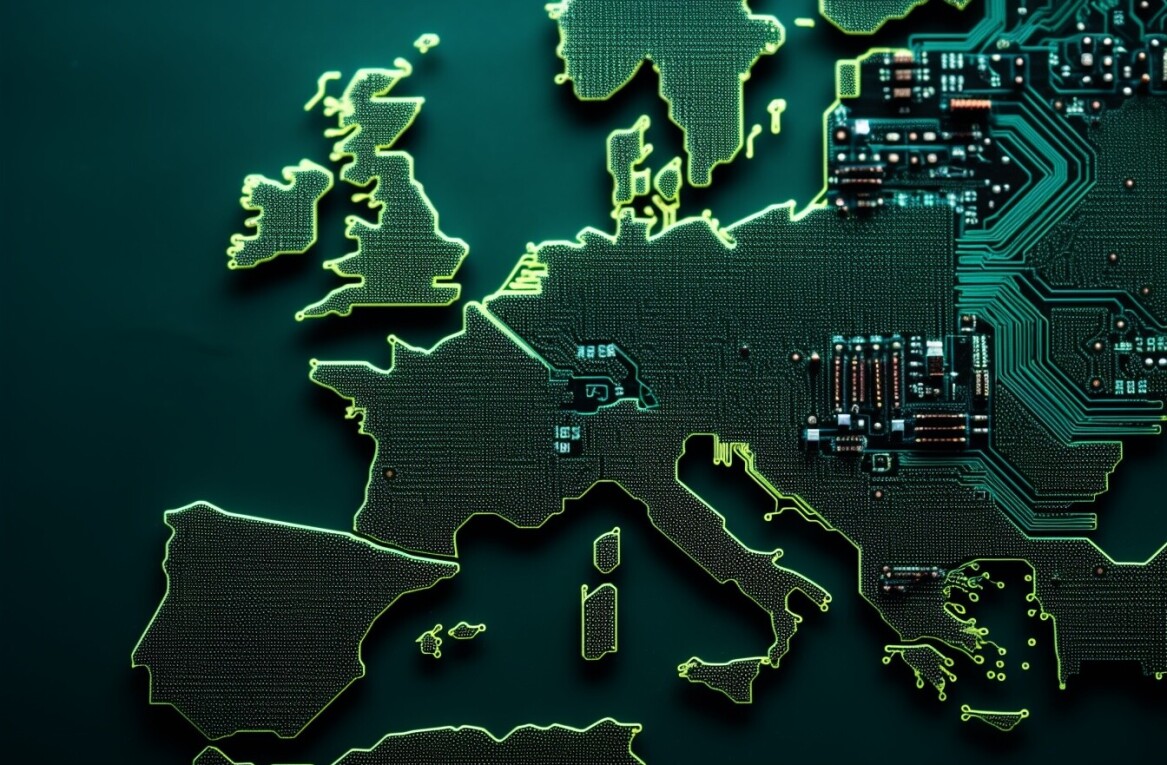
Andrea Ayres-Deets is the Lead Writer at ooomf, an invite-only network connecting short-term software projects with handpicked developers and designers. Andrea writes about psychology, creativity, and business over on the ooomf blog.
I’ve never felt particularly comfortable in public spaces. I’m the person that plans interesting conversational topics ahead of time should I be forced to speak with someone at a party. I’m most comfortable in a corner somewhere shielded by a large potted plant. There is perhaps no finer embodiment of who I am than this:
This is how I feel about 80 to 90 percent of the time. I can’t remember the last time I had a text-based conversation without the use of an emoticon.
Over a five-month period in 2013, emojis were used over 1.7 billion times on Twitter. What exactly is driving our use of emoticons? The answer is quite simple, they make us feel good.
Emoticon refers specifically to the representation of a facial expression formed using keyboard characters. Emoji is the Japanese style of smiley which literally translates into picture + letter. The pictographs most of us use today are based off of these.
There is something of an inevitability to our increasing reliance on emoticons. Language is always evolving. We continually look for better ways to communicate, express, and optimize thoughts and feelings. That’s exactly what emoticons allow us to do.
Emoticons make us better communicators
Humans are nothing if not social. So much so that we experience significant physical and psychological problems without social interaction. We base our identity off of feedback we receive from those around us. Krystal D’Costa of Scientific American says:
As social beings we require consistent and frequent confirmation of our social placement. This confirmation is vital to the preservation of our networks—we need to be able to gauge the state of our relationships with others.
Communicating face-to-face involves the use of non-verbal tools like: intonation, gestures, facial expressions, and body language. We use each of these to help us more accurately convey the message we want the other person to receive. When we communicate online or via mobile, we lack all of these tools.
You remember flame wars? Flame wars happened because of these missed social cues. We can also see these missed social cues in e-mails.
From: Andrea
To: You
RE: Your e-mail
Hi,
I am sure you thought that was funny. It wasn’t. I am morally offended.
Andrea
This was written very sarcastically. I could hear the exact intonation of the words perfectly, but chances are you didn’t. That’s because humans highly overestimate our ability to clearly communicate over e-mail. We are ego-driven and fail to consider others unique perceptions and background when we draft e-mail correspondence. This results in message misalignment. The emoticon helps to remedy this by expressing the meaning and context of what the author is saying.
To test how emoticons enrich our communication, researchers took a group of people and gave them a series of tasks to solve together. One group had access to six emoticons and the other group did not.
What the researchers found out is that when emoticons were available people almost always chose to use them. The use of emoticons also gave participants a greater feeling of satisfaction with their overall experience.
In the same way that nonverbal cues are used in face-to-face communication, we use emoticons to help reduce ambiguity and to intensify or tone down our emotional expression. We have a need to express our emotions. That need is partially fulfilled by emoticons.
Increase social intimacy
Good communication requires social intimacy. We build this by increasing the quantity of our communication and through the disclosure of personal details. Once thought to be impossible, social intimacy is now widespread through computer mediated communication.
It takes more than just sharing facts with someone to become close to them. We must also share our feelings and emotions with that person, it’s an integral part of how we build and maintain close relationships. Emoticons help us to do this more sincerely and freely.
It is not just the presence of the emoticon but the intention behind it that matters to us.
We recognize that someone took the time to choose to convey that particular emotion. The use of emoticons increases our intimacy with that person and as our use of emoticons increases so too does our perception of intimacy. A big part of increased social intimacy relies on mimicry.
Though most of us are not aware of it, we actually mimic each others expressions and emotions when speaking face-to-face. This is also called emotional contagion and it is all part of how we build that social connectedness.
Surely this can’t be possible with emoticons? Alas, but it is! Emerging research indicates when we see certain emoticons, our mood changes. When that happens, we alter our facial expressions to match the emotion of the emoticon. Often without knowing, we end up mimicking the emoticon.
How can the simple use of an emoticon makes such a difference to us?
Researchers at Tokyo Denki University, Japan found that the more graphic the emoticon, the more our brain responds to it. As the emoticon becomes less abstract (or more human like) the brain responds accordingly.
More graphic emoticons cause our brains to activate the temporal gyrus, which is responsible for recalling biological motions. That’s a real fancy way of saying when someone sends you this ‘
Our brain doesn’t have to fill in as many gaps in order to see that wink as occurring, which helps us imagine that it actually is. Even so, both regular emoticons and graphic emoticons are recognized and processed by the brain as nonverbal information.
Humans understand emoticons to be emotional communication, which results in the activation of the right frontal gyrus as seen above.
Emoticons can provide us with some of the social well being, physical health, and emotional wellness that face to face communications have. As they continue to evolve, so will the benefits we derive from them.
So, I’ll never be that person at the party that everyone clamors to be around. I’m okay with that. The evolution of our language online has helped me to communicate a fuller, more dynamic spectrum, of who I am and what I care about. I’m able to do all of this in a way I simply can’t in public, at least not without crippling anxiety 
Top image credit: Emojinal Art
Get the TNW newsletter
Get the most important tech news in your inbox each week.









